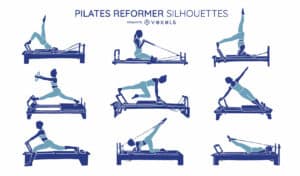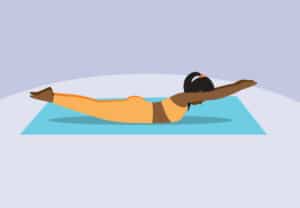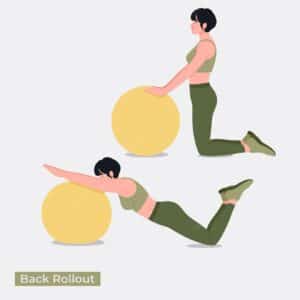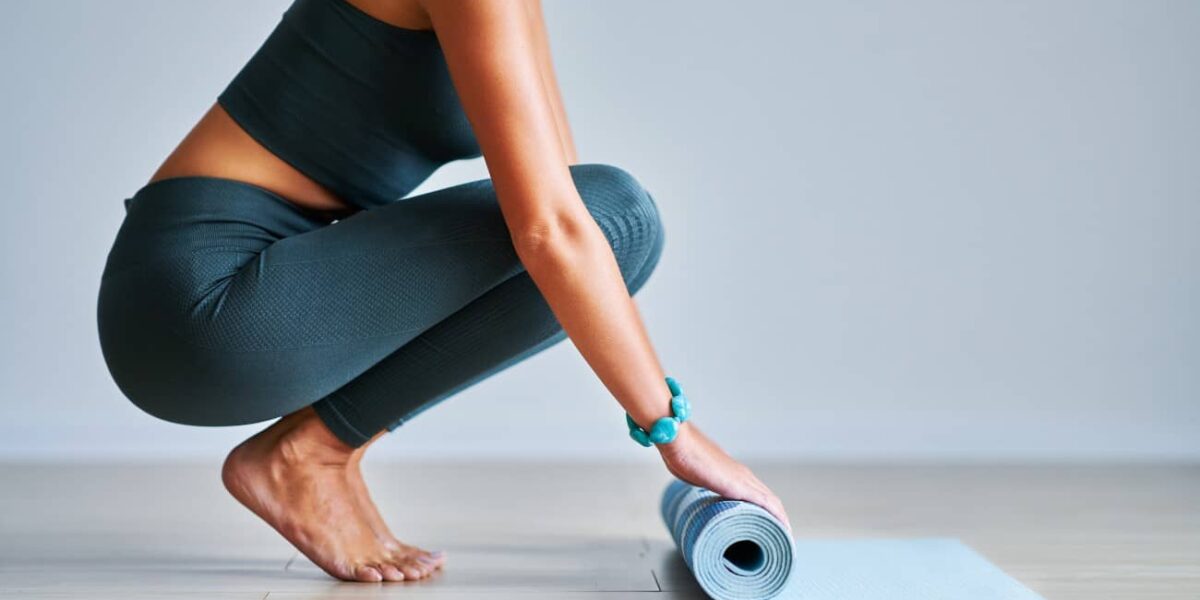By Andrew Siyabalawatte, June 2023.
Clinical Pilates – The Brief History
Joseph Pilates, created Pilates in the early 1900’s. His focus was simple, combine several exercises in repetitions with solid determination, and optimum strength within the body could be achieved. He applied this approach successfully to help World War I victims heal faster, as well as his own ailing body. Increasingly, over the past two decades, pilates has been regularly incorporated for general wellbeing and rehabilitative purposes, with its well known benefits documented worldwide.

Pilates – The Five Essentials
Pilates exercises flow from the five essentials – breathing (diaphragm), cervical (neck) alignment, rib and scapular (shoulder blade) stabilisation, pelvic mobility and core stability. With the five essentials, posture could be improved by enhancing muscle strength, balance, control of movement and flexibility.
Pilates – The Science
In Pilates, the focus is on the most effective recruitment of motor units which places the emphasis on energy efficiency and quality of performance. Each exercise is repeated a few times, usually three to five, rarely more; so the body is constantly being exposed to new muscular and kinesthetic challenges.


The Mat
Pilates exercises can be performed both on a mat or on a specialised equipment called a Reformer. In the mat class, participants typically sit or lie on their back or front and use gravity to help stabilise their core, whilst carrying out careful and controlled movements of the body.


Reformer Pilates
Reformer pilates is done using the pilates reformer machine and is generally more intense and more dynamic as the various strings and tensions connected to the machine, allow for a greater variety of exercises and more varied resistances.
The Pilates Ball
A Pilates ball, otherwise known as a Swiss ball, adds a different dimension as it provides an unstable surface. Various muscle groups are recruited to carry out an exercise, whilst holding or moving the ball. The unstable surface forces you to use your core muscles, which in turn, strengthens the lower back and helps to prevent low back pain and injury in the future.

Pilates Equipment
The Mat is the most essential. A thickness of 8mm + will help with comfort through the exercises. Dumbbells, weighted balls and bands are some of the other equipment used in a typical pilates session. For those that have difficulty lying down or kneeling, a chair to sit on to carry out exercises will be useful. One should wear flexible and comfortable clothing to help prevent restriction of movement during the various exercise routines.
Yoga vs Pilates
Which is better? The answer is neither. They both have their pros and cons. Yoga focuses more on holding static poses whereas pilates uses movement to challenge your strength and stability.
The question should really be, which is better suited to you? Your body’s response to exercise is key to understanding which is more suitable. For example, someone that has muscle / tissues that are hyperflexible (extreme flexibility) is generally suited to stretching, though sustained stretching may be detrimental for them in the long run. They would of course need to know that they are hypermobile in the first place to prevent the above from occuring.
Here at Back To Health Wellness, we help our clients understand how their body works. This heightened awareness of their body in different environments makes their decision making regarding what is right or wrong for their body a lot easier.

